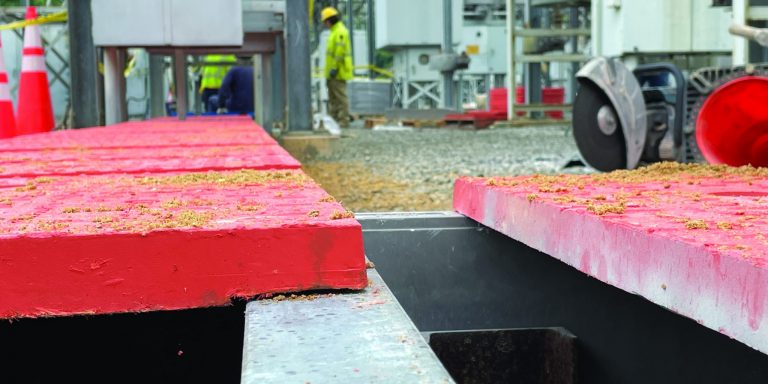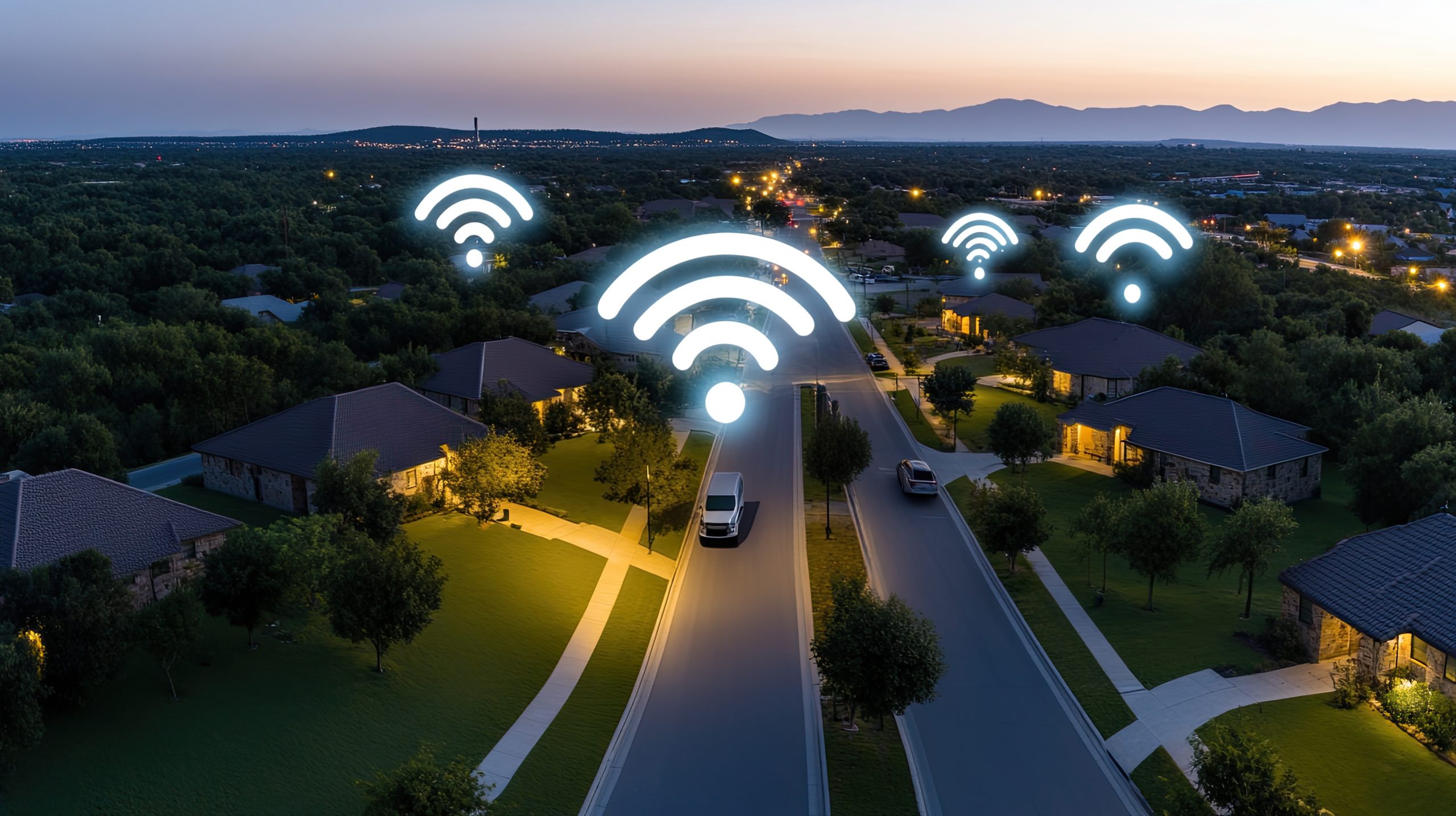June 13, 2024
Weathering the Heat: Standards for Fire Resistance for Underground Enclosures

Heat waves, forest fires, changing weather patterns—all are important reasons to consider fire resistance standards when choosing underground utility access enclosures and the steps to take earlier in the process to mitigate potential danger and damage.
Protecting what’s inside the enclosure from the start results in less operator and maintenance time in the field, which automatically increases safety across the board.
Protecting critical underground infrastructure
With much of our modern-day energy and communications utility networks housed under our feet, there is an intrinsic need to protect this critical underground infrastructure from the damage of fire.
While handholes provide the perfect access point to allow service providers easy access for installation and maintenance on utility/fiber networks, these same handholes can become weak points within the network should there be a dramatic above-surface event.
The increase of wildfire activity and temperature heat waves in recent years should concern installers and asset owners, but these nature-based activities can also serve as an educational opportunity: when fire resistance is factored into the selection of an underground enclosure product, especially in high-risk areas, the project is already off to a strong start.
Flammability testing guidelines
Often overlooked in the well-known ANSI/SCTE 77 are the established guidelines for flammability testing (section 6.5) and internal equipment protection (section 6.6).
Under these guidelines, flammability is defined as the likelihood/rate at which a product would burn or ignite, while internal equipment protection measures the serviceability of the underground enclosure through the lens of how the internal equipment would be protected from a fire on top of the box.
In other words, testing is carried out on an enclosure installed underground, traditionally by burying the enclosure, covering it with hay, then igniting the hay and measuring how the product performed.
Flammability testing is conducted in accordance with ASTM D635, while the internal equipment protection test is completed following the U.S. Department of Agriculture, Rural Utilities Service, 7 CFR 1755.910 – (e), 3 xiii, requirement A. Both tests are market-agnostic, meaning that everything is tested to these standards, regardless of end use. Certain markets will require potential additional tests, but these are the primary testing requirements for all handholes.
Selecting a fire-resistant underground utility access enclosure
When choosing an enclosure, it is important to understand that plastic and plastic derivatives will melt, while concrete and composites will not. To protect your utility assets from fire in a high-risk environment, we recommend enclosures made of non-plastic material or a composite.
It’s all about product performance, product placement, and making the right product choice.
Duralite® enclosures exceed all requirements for flammability testing and internal equipment protection, which is a key aspect in product selection to protect underground assets from potential fires and heat waves.
When tested to brushfire temperatures of over a thousand degrees, Duralite enclosures maintain an internal temperature that keeps underground utilities safe and working.
These products are third-party tested to the standards provided in GR-902-CORE, Issue 2, Section 3.15, Fire Resistance Requirement R3-86 [72]; SCTE 77 2023, Section 7.6, Internal Equipment Protection Test; and USDA RUS 1755F 910 (PE 91) (7 CFR Ch. XVII (1-1-12 Edition), Paragraph XIII.
Learn more
Flame-resistant Duralite is the safe choice to protect underground utilities from high temperatures and keep customers connected. Click here learn more about the lightweight Duralite product line.



